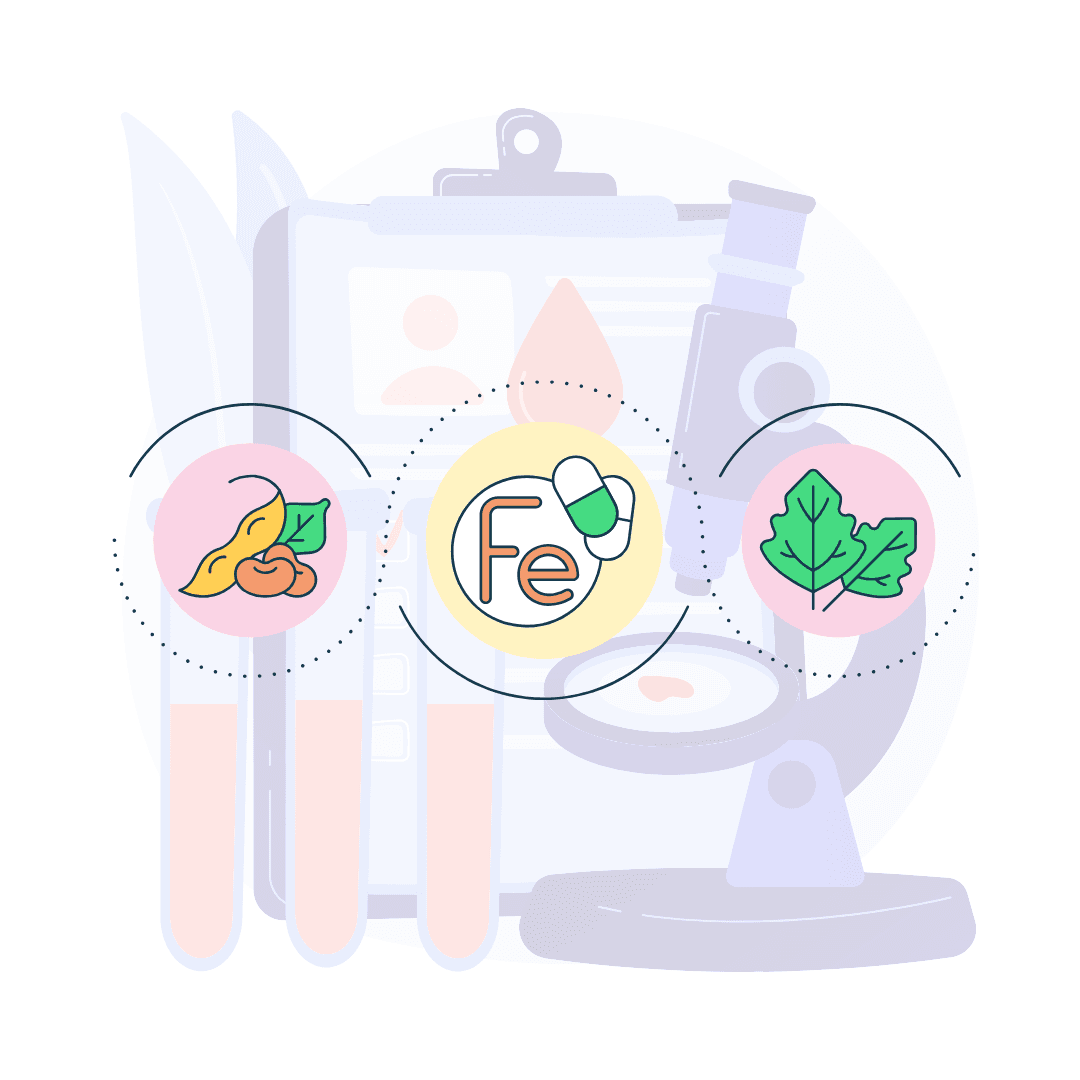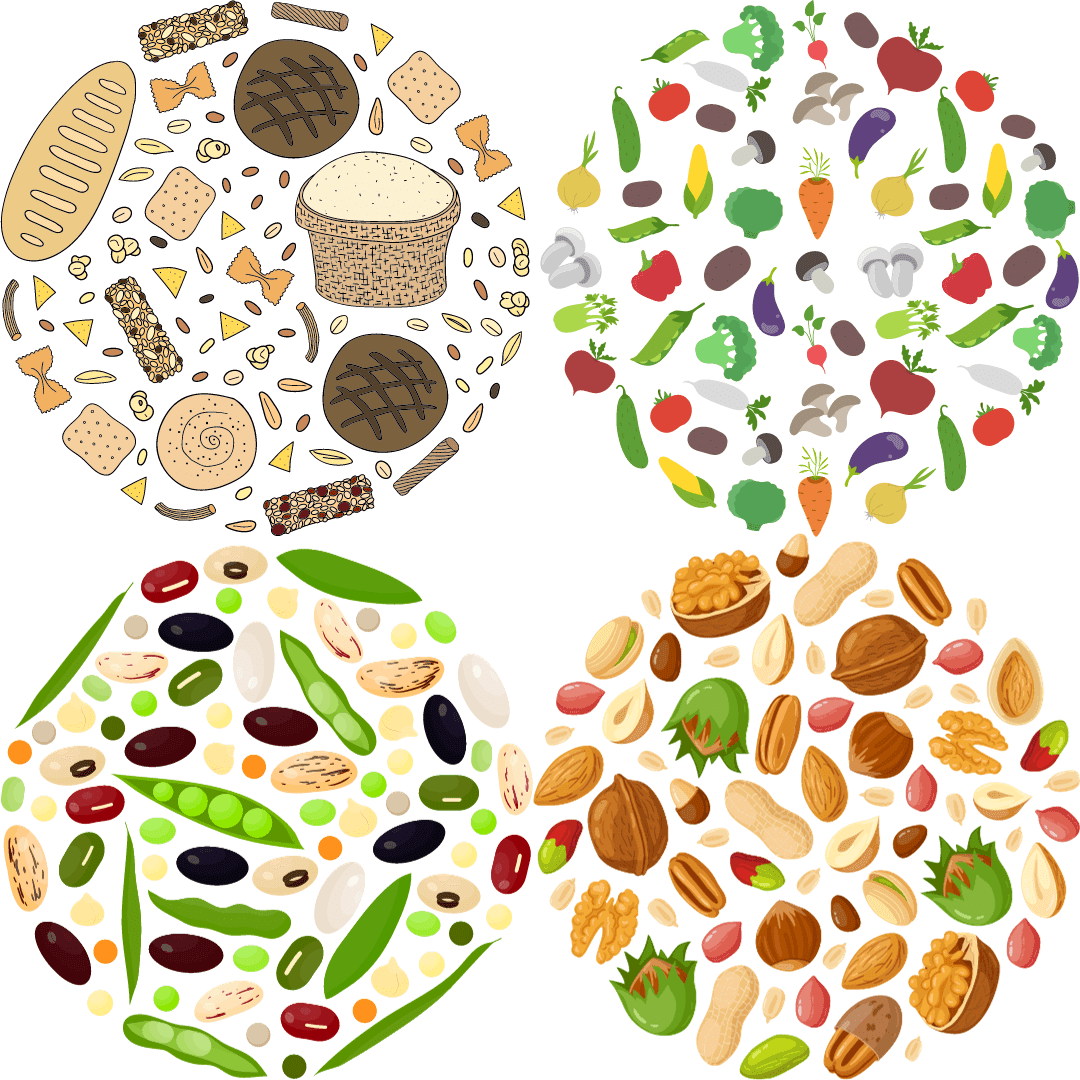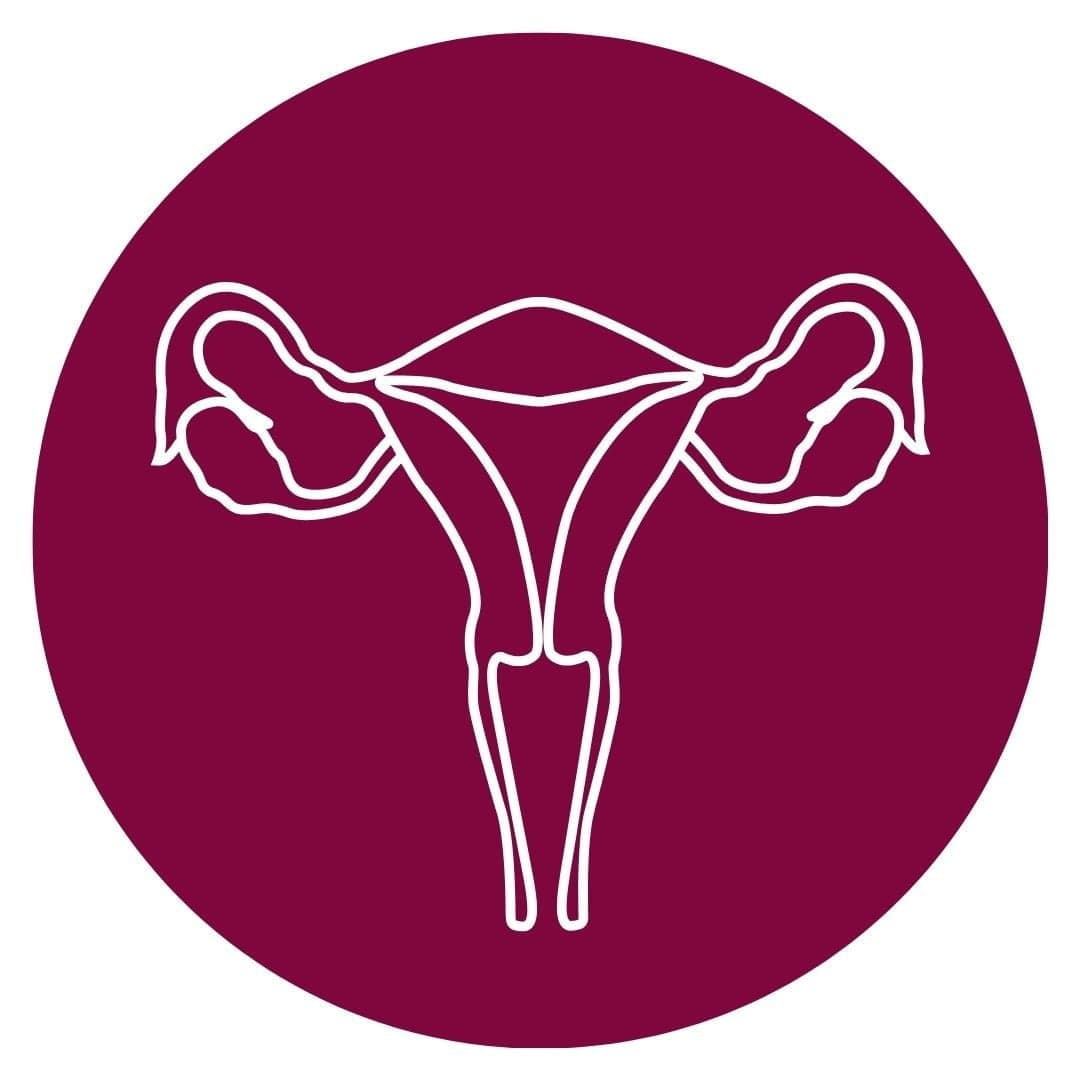
Let's Stop Normalizing Heavy Periods: Your Flow Shouldn't Run Your Life
How much is too much when it comes to period flow? When should you be talking to your doctor? Read this post to not only learn more, but also how to advocate for yourself.
Found 12 posts matching "endometriosis ginger"

How much is too much when it comes to period flow? When should you be talking to your doctor? Read this post to not only learn more, but also how to advocate for yourself.

The buzzword (buzzterm?) "hormone balancing" and "hormonal imbalance" can be seen everywhere. What does it really mean? Is it actually helpful? Read this post to find out.

Tired? Irritable? Losing hair? Maybe it's your iron. And, maybe you need to *actually* take a supplement.

Understanding the importance of dietary fibre for hormone health, disease prevention, and overall wellness, with practical recommendations for daily intake.

Learn about calcium's importance for bone health, recommended daily intake, and whether supplementation might be right for you.

Menstrual cramps, called dysmenorrhea in medical speak, is one of the most common period problems across the world. Period pain can show up as throbbing, cramping, and aching in the lower abdomen before and/or during a period. It can last for a few hours or a few days; it can be constant or it can be intermittent; and, it’s cyclical in nature, making an appearance near or at menstruation.

PMDD stands for premenstrual dysphoric disorder. It is a kind of PMD (premenstrual disorder), i.e., a disorder that happens in the luteal phase of the menstrual cycle that improves with the onset of your period.

Understanding progesterone's vital roles in reproductive health, bone formation, brain health, and hormonal balance

Let’s face it, having your period can be a real pain – literally! Cramps, abdominal and body pain, headaches, and even diarrhea can make regular monthly appearances, getting in the way of daily activities, including school and work attendance. These period symptoms have been normalized for so long that even when the pain is debilitating,

Understanding estrogen's vital role in menstrual, metabolic, bone, brain, heart, and skin health

The ovaries are paired organs that are the size of golfballs in your lower abdomen. They connect to the uterus through the fallopian tubes, which are also called oviducts or uterine tubes.

The hormonal IUS (IntraUterine System) is a T-shaped device that is inserted into the uterus.